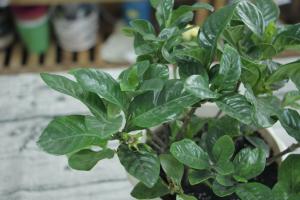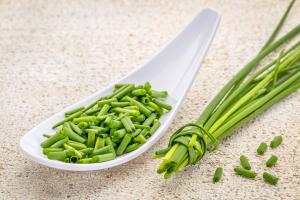Introduction
If you are a plant owner, you might have noticed that your pepper plant is turning yellow. This sudden change in color can indicate several underlying issues that need your attention. In this article, we will explore the reasons why your pepper plant might be turning yellow and what steps you can take to prevent further damage.
Underwatering
One of the most common reasons why a pepper plant turns yellow is underwatering. If you forget to water your plant regularly, the soil can dry out, which will cause the leaves to start to turn yellow. In severe cases, the leaves can even become crispy and fall off the stem. To prevent this issue, make sure to water your pepper plant thoroughly and regularly, especially during hot summer months.
Overwatering
On the other hand, overwatering can also be a culprit for your pepper plant turning yellow. When plants receive too much water, the roots can become water-logged, and the plant will not be able to absorb enough nutrients. This will cause the leaves to turn yellow and drop off. To prevent this, give your pepper plant enough time to absorb water before watering it again. Also, make sure that the soil does not become soggy and that the container has adequate drainage.
Nutrient Deficiency
A nutrient deficiency can also cause your pepper plant to turn yellow. If the soil is lacking in essential nutrients like nitrogen and iron, the leaves will turn yellow and eventually die off. To prevent this issue, make sure to use fertilizer to supplement the soil's nutrients. You can also add compost to improve the overall health of the soil and provide your pepper plant with the required nutrients.
Pests and Diseases
Pests and diseases are another possible cause of your pepper plant turning yellow. Aphids, spider mites, and other insects can feed on the plant's leaves, affecting the plant's ability to photosynthesize and causing the leaves to turn yellow. Diseases like root rot and bacterial leaf spot can also cause yellowing of the leaves. To prevent pests and diseases, make sure to keep the plant clean and well-ventilated. If you notice any signs of infection, separate the affected plant from the others and treat it promptly.
Conclusion
Overall, yellowing of leaves is a common symptom of a struggling pepper plant. By identifying the underlying issues and taking prompt action, you can help your plant recover and thrive once again. Remember to water your plant regularly, use fertilizer and compost to enrich the soil, and keep an eye out for signs of infection. With the right care and attention, your pepper plant can continue to produce healthy and delicious fruit for years to come.

 how many times do yo...
how many times do yo... how many planted tre...
how many planted tre... how many pine trees ...
how many pine trees ... how many pecan trees...
how many pecan trees... how many plants comp...
how many plants comp... how many plants can ...
how many plants can ... how many plants and ...
how many plants and ... how many pepper plan...
how many pepper plan...






























